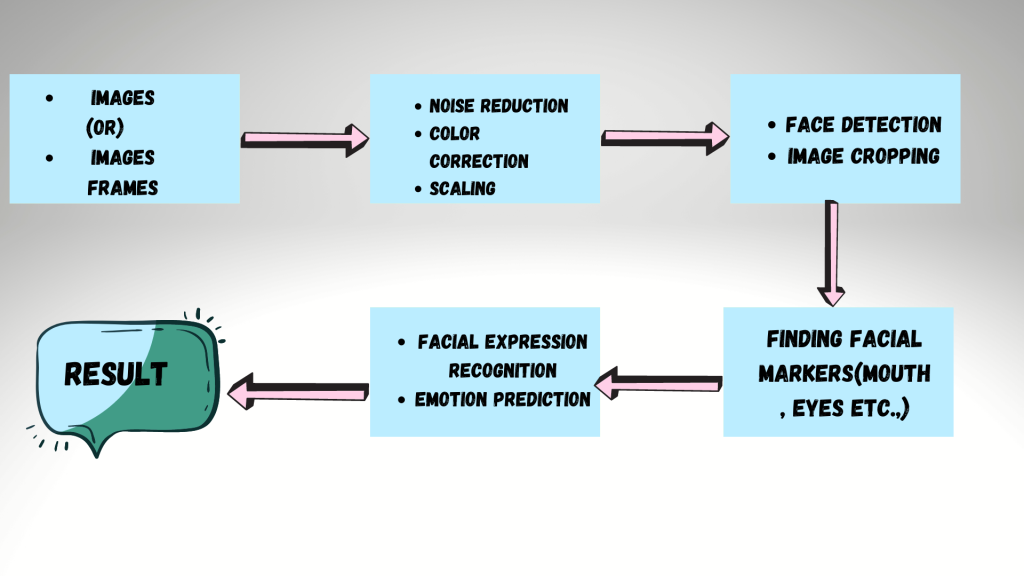Upgrade & Secure Your Future with DevOps, SRE, DevSecOps, MLOps!
We spend hours on Instagram and YouTube and waste money on coffee and fast food, but won’t spend 30 minutes a day learning skills to boost our careers.
Master in DevOps, SRE, DevSecOps & MLOps!
Learn from Guru Rajesh Kumar and double your salary in just one year.

Are you interested in exploring the world of computer vision? If so, you are in the right place! In this blog article, we will discuss the top computer vision libraries that you need to know about.
What is Computer Vision?
Before we dive into the libraries, let’s first define what computer vision is. Computer vision is a field of study that focuses on enabling computers to interpret and understand the visual world. It involves analyzing and processing digital images and videos to extract useful information.
What are Computer Vision Libraries?
As a human, have you ever been amazed by how your eyes work? They can detect colors, shapes, and patterns in just a fraction of a second. Similarly, computer vision libraries are the eyes of a computer system. In this article, we will explore what computer vision libraries are, how they work, and their significance in today’s world.
The Basics of Computer Vision Libraries
Computer vision libraries are a set of pre-written codes or algorithms that enable computers to interpret and process images or videos. They are designed to mimic the capabilities of the human visual system and identify objects, people, and other details in images or videos.
The libraries can perform various tasks such as image recognition, object detection, face recognition, and tracking. They are used in a wide range of applications such as self-driving cars, security systems, medical imaging, and even social media filters.
How Do They Work?

Computer vision libraries are built using machine learning algorithms such as Convolutional Neural Networks (CNNs) and Deep Learning. These algorithms enable computers to learn from large datasets of images and videos, and identify patterns and features in them.
The libraries use these learned patterns to detect objects or features in new images or videos. For example, if the library has learned to recognize cats from a large dataset of cat images, it can easily detect a cat in a new image or video.
Significance in Today’s World
Computer vision libraries are becoming increasingly important in today’s world. They are used in a wide range of applications, from self-driving cars to security systems, and their significance is only expected to grow in the future.

Self-driving cars, for example, use computer vision libraries to detect objects and people on the road, and make decisions based on that information. Security systems use these libraries to detect intruders or suspicious behavior, and alert the authorities.
Medical imaging is another field where computer vision libraries are used extensively. They are used to analyze medical images and detect abnormalities or diseases. This helps doctors make more accurate diagnoses and provide better treatment.
Conclusion
In conclusion, computer vision libraries are an essential part of modern-day technology. They enable computers to interpret and process images and videos, and perform a wide range of tasks such as object detection, image recognition, and tracking.
Their significance in today’s world is only expected to grow, and they are likely to play a crucial role in shaping the future of technology. As we continue to develop more advanced algorithms and technologies, computer vision libraries will continue to evolve and become even more sophisticated.

 Starting: 1st of Every Month
Starting: 1st of Every Month  +91 8409492687 |
+91 8409492687 |  Contact@DevOpsSchool.com
Contact@DevOpsSchool.com